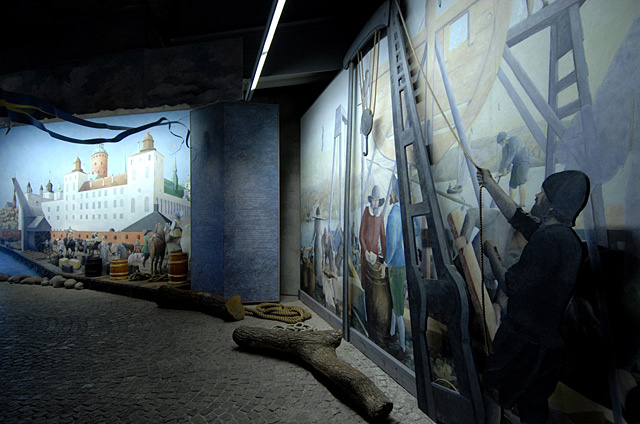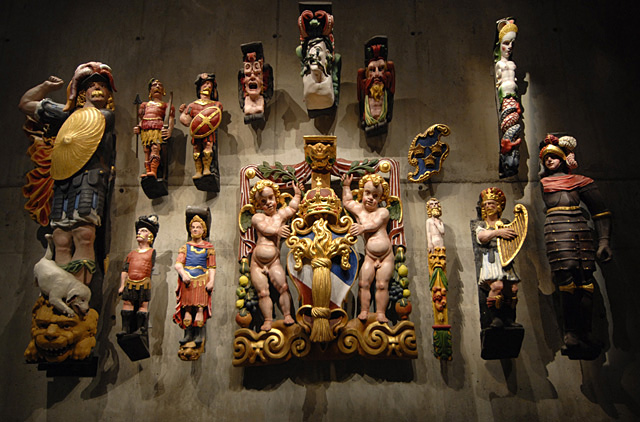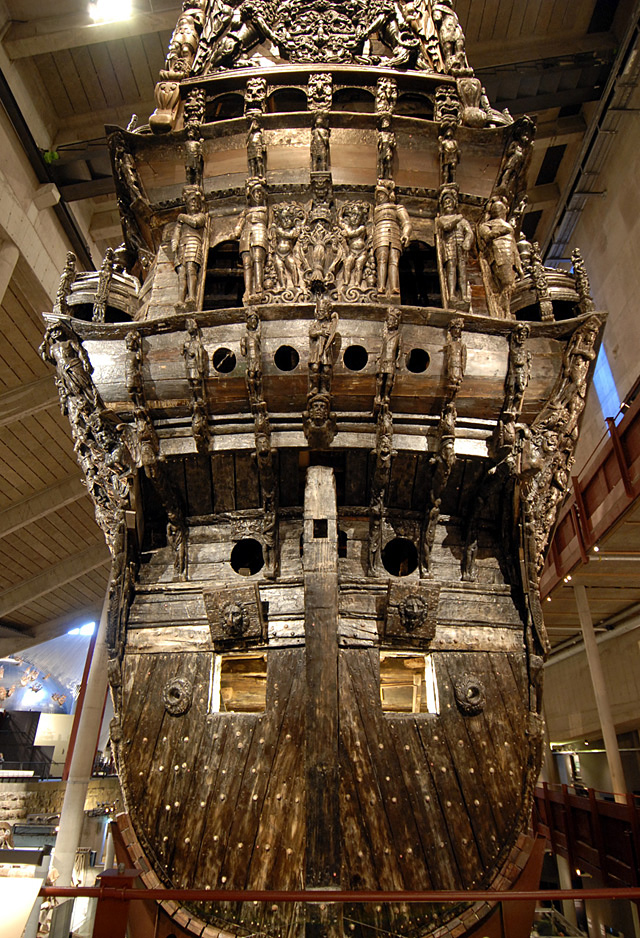The Proudest Ship
It was the most powerful country in the north. In war after war, it had defeated one neighboring country after the other and expanded its territory to the south, east and west.
-
 Make Life Sweder. A subscription to Nordstjernan is the gift that keeps coming: <a href="http://www.nordstjernan.com/subscribe">SUBSCRIBE to Nordstjernan</a> Treat yourself or order it for someone you care about. (Stay on top of food - collect recipes - follow film, music and Swedish events or traditions that concern us in the United States)
Make Life Sweder. A subscription to Nordstjernan is the gift that keeps coming: <a href="http://www.nordstjernan.com/subscribe">SUBSCRIBE to Nordstjernan</a> Treat yourself or order it for someone you care about. (Stay on top of food - collect recipes - follow film, music and Swedish events or traditions that concern us in the United States) -
-
It was the most powerful country in the north. In war after war, it had defeated one neighboring country after the other and expanded its territory to the south, east and west.
But the King, who was an absolute ruler, was not satisfied.
“Build me a ship,” he said, “a great warship that will reflect the glory of our great nation.”
Soon a ship was underway. It was going to be the most magnificent vessel of the century. After it was half done, the King came to inspect it.
“Aha,” he said. “Make it a little higher, so that it towers over all other ships.”
“Very well, Your Majesty,” said the builder in charge.
“And remember to make room for a lot of cannons,” added the King. “A ship should bristle with guns.” Whereupon he left in a hurry to join in a war that had just broken out in yet another neighboring country.
When he came back for a short visit, the ship was almost finished.
“Wow!” exclaimed the King. “This is beginning to look good. Tell me about the cannons.”
“She has thirty-eight thick, heavy 24-pound cannons, weighing 1,300 kilograms each, Your Majesty, and ten smaller ones.”
“Pretty good, pretty good. But a ship can never have too many cannons. Why don't we add another ten big ones? And, for extra measure, throw in half a dozen smaller ones.”
“Very well, Your Majesty.”
“As for decorations, how many sculptures do we have?"
“About five hundred, Your Majesty, and fifty-two of them are gilded lions.”
“Very good. I especially like muscular lions with big manes. You know they call me the Lion of the North, so it's befitting that we should have a lot of them. Come to think of it, make it an even sixty.”
Whereupon the King rushed off to yet another war.
As more and more cannons were added to the gunwales and even bigger lions were carved onto the already magnificent stern, some of the ship builders began to have misgivings.
"This is madness,” muttered an experienced old seaman. "The ship is getting top-heavy.”
“Hush, hush,” said his superior. “His Majesty would not like this kind of talk.”
So work continued, and the day arrived when the ship was about to set out on her maiden voyage.
It was beautiful summer's day in the nation's capital. All the citizens were out watching; the quays and bridges were so crowded that several people fell unto the water.
What a splendid sight it was! The main mast soared to nearly two hundred feet. And those cannons, rows upon rows of them, and sixty ferocious lions, all gilded and sparkling in the bright sunlight! Would this put fear into the heart of the enemy or what? As the mighty warship, with sails billowing, headed for the open sea, the crowd cheered.
It was a glorious moment of patriotism and pride. Then, from the southwest, came a small gust of wind.
It caught the ship, and before anyone knew what was happening, the ship leaned so heavily to one side that water began gushing in through the open gun ports. To make matters worse, several of the cannons broke loose, and as they careened down the decks, the huge, overloaded vessel leaned even more.
And more. And more.
Then, as the crowd watched with dread, the ship keeled over and sank.
She was gone.
Joy turned to horror.
And, since the King was beyond reproach, there was no one to blame for this colossal fiasco. -
 Interior of the Vasa Museum, Stockholm.
Interior of the Vasa Museum, Stockholm. -
-
Text & Photo: Bo Zaunders
-
 Stern figures
Stern figures -
AFTERWORD
This is a true story. The name of the ship was Vasa. On August 10, 1628, she left Stockholm, Sweden, and sailed less than a nautical mile before capsizing. The king who showed such fondness for guns and lions was Gustav II Adolf. Hailed as the Lion of the North, he died a hero's death in the Thirty Year's War, four years later.
But this is not the end of the story.
In 1956, an amateur Swedish archeologist set out to rescue the sunken Vasa, 100 yards from shore and 100 feet below the surface of the sea. Step by step he succeeded in raising the vessel. She was immaculately restored, down to the last detail, and put on display in the Vasa Museum in central Stockholm. The 17th century warship has now been admired by millions of visitors, and has become one of the country's great tourist attractions.
A magnificent ship, the Vasa had only one flaw.
She couldn't sail. -
 The stern of the warship Vasa.
The stern of the warship Vasa. -
For more info, see www.vasamuseet.se
-
-
